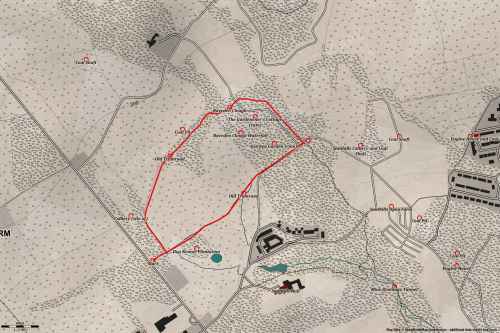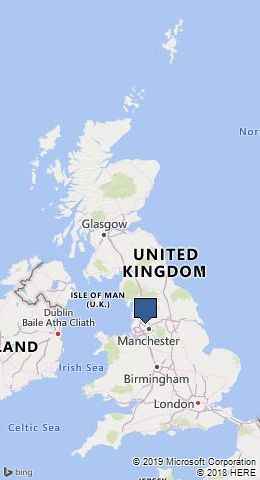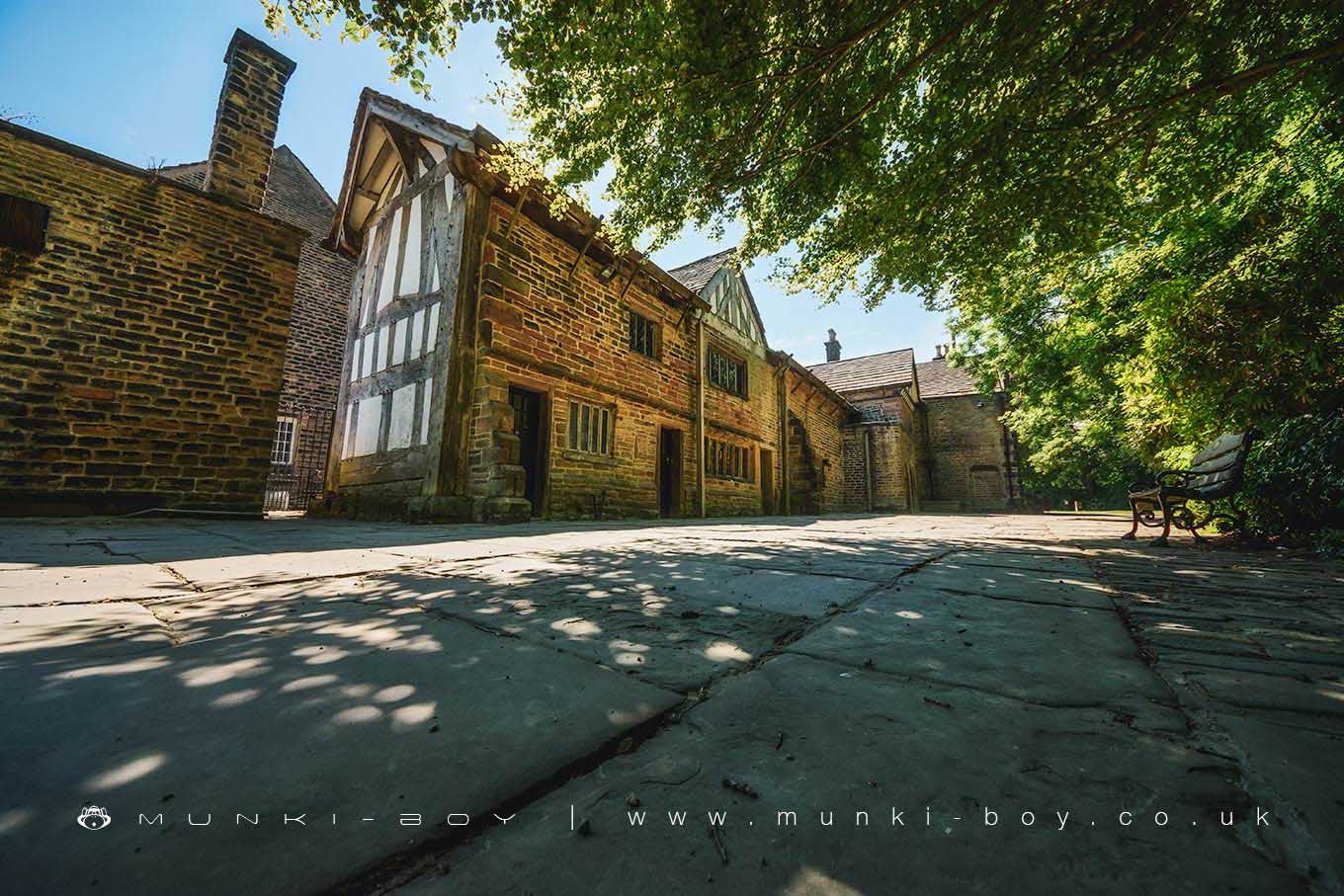
Smithills Hall by munki-boy
Smithills Hall
Grade I listed Smithills Hall stands on a platform on the south side of a steep valley formed by a tributary of the Raveden Brook. The earliest part of the building is a late C14 open hall. Two cross wings attached to the Hall formed three sides of a courtyard, but the south wing, shown on C18 and earlier maps, was demolished in the early C19. Extensions attached to the west, of C16 or later date, were modified in the C19, and attached to these there is an extension by George Devey (1820-86). Devey was engaged in making extensions and alterations to the building during 1874-8 and again in 1882-6. The successive additions to the Hall have created a long frontage with buildings of different heights in a mixture of stone and contrasting types of timber framing. Smithills Hall is one of the best-preserved and most important medieval buildings in the region.
Smithills Hall is surrounded by 19th Century ‘pleasure gardens’ of which much remains, both easily visible and hidden away in the undergrowth. These include formal garden areas and an ornamental pond leading to a cascade with various stone elements made to resemble rock outcrops. All this is part of the Smithills Estate a huge open area stretching up onto the moors of Winter Hill.
Smithills Hall Legends
The area up onto Winter Hill was once known as Egbert Dean or Egbert’s Dean, in fact some early maps refer to Winter Hill as Egberdon Hill and other similar spellings. The name refers to the valley (Dean - O.E. Denu) and Egbert is presumably the personal name of the land owner. This and the possible antiquity has led to local legends of the hall of a Saxon king on the site. It’s probable that Egbert of Egbert’s Dean existed and the place name is probably quite old, Saxon carvings where found in the structure of the old Parish Church in Bolton. Whether the name refers to a Saxon king is not known.
King Ecgberht, or Egbert to us was the ambitious king of Wessex who worked his way up to ruling most of what we know today as England and even including the giant kingdom of Northumbria by C830. There is a 19th Century book that tells of old wooden carvings of heads on a building at Smithills Hall, I’m not sure if it’s part of the current buildings, but one was said to be a likeness of King Egbert.
James Clegg (Annals of Bolton 1888) reckons the tradition is that ‘as early as the sixth century Smithills Hall was a royal Saxon palace, occupied by Ella, King of the Deiri’. Aella of Deira (said to be King of Deira from C560 - C590) is reckoned to have had a kindgom that would have been around the East coast, South of the Tees. A different Ælla - of Northumbria - who was associated with King Ecgberht lived in the 9th Century. There is another local legend that says the Two Lads (further up the hill) was a monument to mark the death of two sons of a Saxon king. I believe the site of several ancient buildings has recently been found in the grounds of Smithills Hall, but they are judged to be post-medieval.
Another partial legend - the fantastical part, the rest is history - relates to George Marsh (the ‘protestant martyr’) who was executed at Churchgate in Bolton spent his last days at Smithills Hall and when trying to escape his accusers leapt from a balcony causing an imprint of his foot in a flagstone in the floor. The footprint shaped hollow in the stone is still there today behind a old-looking, sliding iron cover. It was obviously important to people in the past such that they wanted to protect it.
Created: 13 January 2019 Edited: 29 November 2023
Smithills Hall Kitchen Garden and Coal Mine Tramroads
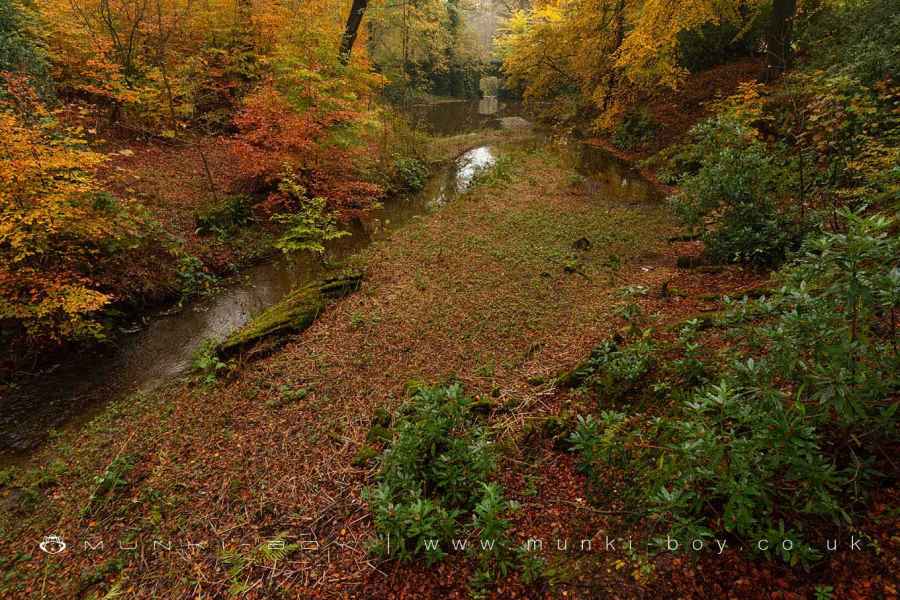
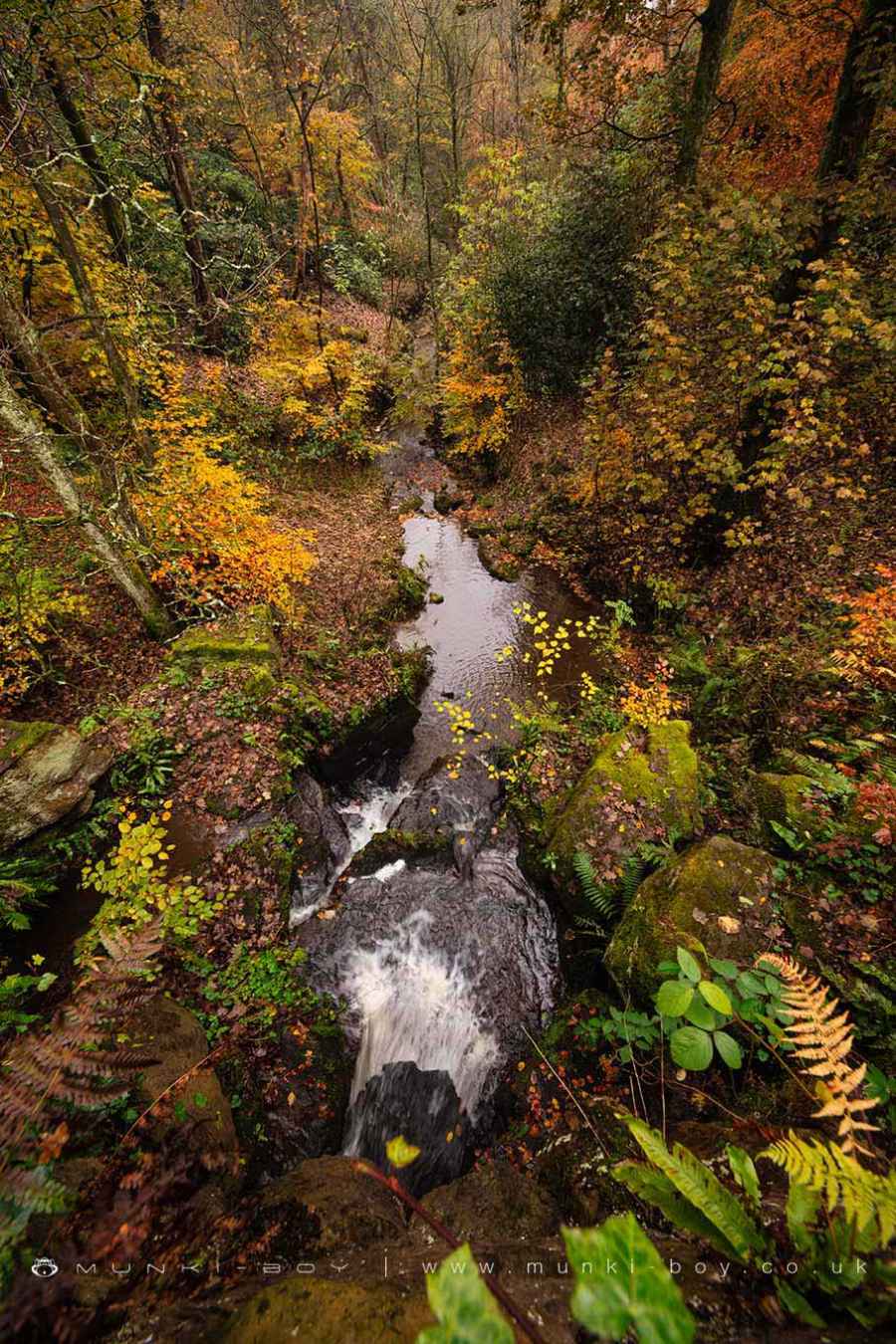
Smithills Hall Information
Smithills Hall Address
Smithills Dean Rd, Bolton BL1 7NP, UK
BL1 7NP
Website: http://www.boltonlams.co.uk/historic-halls
Get directionsWalks in Smithills Hall
Local History around Smithills Hall
There are some historic monuments around including:
Round cairn on Winter HillRound cairn 280m west of Old Harpers FarmStone circle, ring cairn and two round cairns on Cheetham CloseRoman road at Bottom o' th' Knotts BrowCoking ovens and associated coal workings on Aushaw Moss 450m south west of Lower House.